In gujarat, as in the rest of the country, the caste card has always played a major role; BJP and congress have banked on several leaders as their tribal faces but no one stood tall
If there is one factor that surely influences the political scenario in the country, it is caste. It is ingrained in Indian genes and there is hardly any option strong enough to combat it. When it comes to Gujarat politics, none of the castes have a given leader, It has not accepted anyone to head them. Then again, the dominance of sub castes makes the equation a little complicated, says the assessment of political analysts and veteran politicians.
The recent rise of three young leaders from three different castes and people throwing their support behind them is an excellent example. Yet, the million dollar question rules: will they be accepted from across the spectrum of their caste and sub caste (as no one has had a successful stint as a caste leader before), though caste dominates our politics, questions Kartik Bhatt, political analyst.
Caste issue at its peak
Bhatt explains that 80s was the era when caste politics was at its peak. This was the decade when national and state level caste politics started taking center stage. Then chief minister Madhavsinh Solanki introduced KHAM (Kshatriya, Harijan, Adivadi & Muslims) theory into politics that consolidated the Congress vote bank. In 1984, the Solanki government introduced 27 per cent reservation for Other Backward Classes and this expanded the Congress vote bank, but they also paid a cost for it. Patels started deserting the party.
Citing the 1984 Lok Sabha elections, he added, when the whole nation stood with the Congress after the assassination of then Prime Minister Indira Gandhi, Patidars voted for BJP's Patel candidate AK Patel in Mehsana. BJP had won only two seats at the national level and one was Mehsana.
Taking this argument ahead, political analyst Hemant Shah's experience suggests that caste leaders have limited affect on very small pockets in the state. He added have not heard or read of any leader has or had influence over on his/her entire caste across the state. Citing an example, he said Koli community leader Purshottambhai Solanki could have an influence over Kolis in Bhavnagar and Amreli district, but South Gujarat Kolis will not take him seriously.
Just because of this, the party can't avoid caste fabrics at the grassroot level, especially the sub caste dominance. Citing another example, he said Shankarsinh Vaghela is an OBC leader but he has a fan following in upper caste Rajputs This does not mean Rajputs and OBCs from across the state will follow him and vote for him or his candidate.
How leaders are made
Caste leaders are either born from caste movement or welfare work, believes veteran politician Narpatsinh Chavda. His experience says that in central Gujarat, Natwarsinh Zala and Narendra Mahida became leaders because of their welfare. In North Gujarat, an Anjana Patidar leader rose from the cooperative movement in the dairy sector.
Chavda goes to the extent saying that in those days, politicians could not imagine projecting themselves as caste leaders. "I don't remember Chiman Patel ever publicly claiming of being a Patel or Patidar leader, but on the contrary, was accepted by all castes," he said.
On this, Shah says Chimanbhai was a charismatic leader, his son Siddharth may not be that influential or appealing, whereas Shaktisinh Gohil, a Rajput leader was influencing and this itself shows that it was an individual capabilities.
‘It always existed’
Caste did exist, even when it was claimed that Gujarat had turned into a Hindutva laboratory, says Bhatt, In the past 22 years, the party tickets were distributed on a caste base. I don't remember a BJP or Congress giving a ticket to Anjana Patel, where Kadva Patel dominated or a Koli Patel was given tickets where the upper caste Patels were huge in numbers. On surface, it sounds like a Hindu consolidated vote bank, but under cover, it was caste politics.
Agreeing to this theory, political analyst Mukesh Khatik felt that once again the state was returning to a more hard core caste politics with the rise of Patidar leader Hardik Patel, OBC leader Alpesh Thakor and Dalit leader Jignesh Mevani. But, how deep the impact of their leadership is can be gauged only after results are out.
There is no doubt that these leaders, Patels, Thakore and Mevani have risen from caste remains, but they are getting support because they are raising issues that pinches people at large, is the assessment of Hemant Shah. So in the long run, they are less likely to remain caste leaders.
CASTE MAKES A DIFFERENCE
A political leader wishing anonymity cited three recent examples to explain the caste effect in politics. The first instance was Congress national vice president Rahul Gandhi attending a Thakor community rally led by new leader Alpesh Thakor. The second is party's national leader Kapil Sibbal holding a midnight meeting with Patidar Anamat Andolan Samiti leaders and the third is BJP's national president had to intervene in the growing dissent against party's state unit president and Bhavnagar (West) MLA Jitu Vaghani, where Karadiya and Nadoda had launched an agitation.
WHERE CASTE SPEAKS LOUDER THAN ACTION
Visavadar in Junagadh
It has been said that only Patidar candidates win from this constituency. Excluding 1962, the only time non Patidar Madinaben Nagori from Congress won the seat, it has always been a stronghold. This was the only reason that BJP’s stalwart Kesubhai Patel selected this seat to contest in 1995. He got re elected in 1998. Since 1995, BJP did not lost this seat till 2012, when it lost to Keshubhai who contested on a GPP ticket. The one time BJP’s stalwart, said to be a Patidar leader, could not help his son Bharat Patel win the seat in 2014, after which the seat fell vacant.
Bhavnagar south in Saurashtra
This constituency can be said to have the fastest changing caste equations in three decades. Where once INC(O)’s Gandhi Manilal defeated INC’s Doshi Ratilal in 1975, the next election in 1980 saw one time ruler and king late Krishna Kumarsinhji Gohil’s Son Shivbhadrasinh from BJP defeated by Patel Trambklal of INC in 1980. In the next five years, equations changed and Congress’ Koli candidate Shashi Jamod won it from Janata Party’s Patel Thakarsinhbhai. It is constituency that has a mix of Rajputs, Patidars, Koli, Baniyas and Brahmins. Congress leader Shaktisinh Gohil (picture bottom right) first won the seat in 1990 and was re elected in 1995. Then, it was represented by Sunil Oza from the Brahmin community, Gohil grabbed it back from BJP. After delimitation, new consituencies were carved out as Bhavnagar East-West and Rural, the Patidar community dominance increased on Bhavnagar (West), forcing Gohil to switch to Bhavnagar Rural. BJP state unit presindent Jitu Vaghani (picture top left) won West in 2012. Gohil was defeated by BJP’s Koli community leader Purshottam Solanki in Bhavnagar Rural in 2012.
Kheralu in north Gujarat
Two castes dominate the constituency. Thakor is a sub caste under the Other Backward Class and there are the Anjana Patels. Other than 1962, it has been a Thakor or Anjana Patel bastion. Shankarji Okhaji Thakor was elected from this seat as an Independent, Congress and even a Janata Dal candidate. Caste factor is so important that Ramilaben Desai, who got elected on a BJP ticket in 2002, suffixed her name with Anjana when she contested on a Congress ticket in 2007. To win this seat, BJP had to field Dabhi Bharatsinhji, who is a leader of the Thakor community.
Ellisbridge
There is no doubt that excluding Muslim-dominated pockets, the rest of Ahmedabad has become BJP’s Hindu fort. But, when it comes to fielding candidates, caste domination is compelling the party to select either Brahmins or Baniyas. It was only in 1967, when independent RK Patel won. From 1975 to 1990, this seat was represented by Babhubhai Vasanwala. For the first time, when BJP fielded its candidate in this seat, it selected Haren Pandya, who defeated Congress’ Dashrath Patel of INC. But, Pandya’s wife Jagruti Pandya lost the election 2012 on a GPP symbol. It is represented by Jain MLA Rakesh Shah from BJP now.
TRIBAL BELT: NO LEADER STOOD FIRM
The Eastern Gujarat belt is called the tribal belt and spreads from Danta Taluka of Banaskantha in north Gujarat to Dangs in the south, Nizar of Tapi district, Kaprada and Umargam of Valsad district. There are 27 assembly seats reserved for STs. With each constituency, the equation of the tribal sub caste changes and so does the influence on the constituency.
CONG CARD
Late Amarsinh B Chaudhary was projected as a tribal leader by the Congress. For the first time, he got elected to the state Assembly in 1972 from Vyara seat of Surat (now Tapi). He served as CM from 1985 to 1989, in 1990 was defeated and forced to change his constituency to get reelected.
BJP’S ATTEMPT
After Ram Silanyas Yatra in the late 80s, BJP decided to make inroads in the tribal belt for the first time and deputed its general secretary Suryakant Acharya to create a cadre in the tribal belt. In the 1990 elections, the party won seven seats in the tribal belt. After this, the RSS and its sister organisations’ active presence increased its tally in the tribal belt only by three seats, taking it to 10 in the 2012 elections.
![submenu-img]() Meet man, an Indian, whose family topped list of richest people in the UK with net worth of...
Meet man, an Indian, whose family topped list of richest people in the UK with net worth of...![submenu-img]() Pune: Tanker explodes in Pimpri Chinchwad, nearby hotels, houses and parked trucks damaged
Pune: Tanker explodes in Pimpri Chinchwad, nearby hotels, houses and parked trucks damaged![submenu-img]() Rohit Sharma lashes out at IPL TV broadcaster for 'breach of privacy'
Rohit Sharma lashes out at IPL TV broadcaster for 'breach of privacy'![submenu-img]() Heeramandi lyricist AM Turaz on Azadi: 'Women's contribution in Indian freedom movement has never been...' | Exclusive
Heeramandi lyricist AM Turaz on Azadi: 'Women's contribution in Indian freedom movement has never been...' | Exclusive![submenu-img]() Kangana Ranaut reveals if she will quit films after winning Lok Sabha elections, calls Bollywood 'jhoothi duniya'
Kangana Ranaut reveals if she will quit films after winning Lok Sabha elections, calls Bollywood 'jhoothi duniya'![submenu-img]() Meet IAS officer, daughter of milk vendor, who cracked UPSC in second attempt, secured AIR...
Meet IAS officer, daughter of milk vendor, who cracked UPSC in second attempt, secured AIR...![submenu-img]() UGC NET June 2024: Registration window closes today; check how to apply
UGC NET June 2024: Registration window closes today; check how to apply![submenu-img]() Meet IAS officer, son of teacher from Rajasthan, who cracked UPSC after multiple failed attempts, secured AIR...
Meet IAS officer, son of teacher from Rajasthan, who cracked UPSC after multiple failed attempts, secured AIR...![submenu-img]() Meet IIT graduates, three friends who were featured in Forbes 30 Under 30 Asia list, built AI startup, now…
Meet IIT graduates, three friends who were featured in Forbes 30 Under 30 Asia list, built AI startup, now…![submenu-img]() Meet woman who cracked UPSC in fourth attempt to become IAS officer, secured AIR...
Meet woman who cracked UPSC in fourth attempt to become IAS officer, secured AIR...![submenu-img]() DNA Verified: Is CAA an anti-Muslim law? Centre terms news report as 'misleading'
DNA Verified: Is CAA an anti-Muslim law? Centre terms news report as 'misleading'![submenu-img]() DNA Verified: Lok Sabha Elections 2024 to be held on April 19? Know truth behind viral message
DNA Verified: Lok Sabha Elections 2024 to be held on April 19? Know truth behind viral message![submenu-img]() DNA Verified: Modi govt giving students free laptops under 'One Student One Laptop' scheme? Know truth here
DNA Verified: Modi govt giving students free laptops under 'One Student One Laptop' scheme? Know truth here![submenu-img]() DNA Verified: Shah Rukh Khan denies reports of his role in release of India's naval officers from Qatar
DNA Verified: Shah Rukh Khan denies reports of his role in release of India's naval officers from Qatar![submenu-img]() DNA Verified: Is govt providing Rs 1.6 lakh benefit to girls under PM Ladli Laxmi Yojana? Know truth
DNA Verified: Is govt providing Rs 1.6 lakh benefit to girls under PM Ladli Laxmi Yojana? Know truth![submenu-img]() Kiara Advani attends Women In Cinema Gala in dramatic ensemble, netizens say 'who designs these hideous dresses'
Kiara Advani attends Women In Cinema Gala in dramatic ensemble, netizens say 'who designs these hideous dresses'![submenu-img]() Influencer Diipa Büller-Khosla looks 'drop dead gorgeous' in metallic structured dress at Cannes 2024
Influencer Diipa Büller-Khosla looks 'drop dead gorgeous' in metallic structured dress at Cannes 2024![submenu-img]() Kiara Advani stuns in Prabal Gurung thigh-high slit gown for her Cannes debut, poses by the French Riviera
Kiara Advani stuns in Prabal Gurung thigh-high slit gown for her Cannes debut, poses by the French Riviera![submenu-img]() Heeramandi star Taha Shah Badussha makes dashing debut at Cannes Film Festival, fans call him ‘international crush’
Heeramandi star Taha Shah Badussha makes dashing debut at Cannes Film Festival, fans call him ‘international crush’![submenu-img]() Streaming This Week: Madgaon Express, Zara Hatke Zara Bachke, Bridgerton season 3, latest OTT releases to binge-watch
Streaming This Week: Madgaon Express, Zara Hatke Zara Bachke, Bridgerton season 3, latest OTT releases to binge-watch![submenu-img]() Haryana Political Crisis: Will 3 independent MLAs support withdrawal impact the present Nayab Saini led-BJP government?
Haryana Political Crisis: Will 3 independent MLAs support withdrawal impact the present Nayab Saini led-BJP government?![submenu-img]() DNA Explainer: Why Harvey Weinstein's rape conviction was overturned, will beleaguered Hollywood mogul get out of jail?
DNA Explainer: Why Harvey Weinstein's rape conviction was overturned, will beleaguered Hollywood mogul get out of jail?![submenu-img]() What is inheritance tax?
What is inheritance tax?![submenu-img]() DNA Explainer: What is cloud seeding which is blamed for wreaking havoc in Dubai?
DNA Explainer: What is cloud seeding which is blamed for wreaking havoc in Dubai?![submenu-img]() DNA Explainer: What is Israel's Arrow-3 defence system used to intercept Iran's missile attack?
DNA Explainer: What is Israel's Arrow-3 defence system used to intercept Iran's missile attack?![submenu-img]() Heeramandi lyricist AM Turaz on Azadi: 'Women's contribution in Indian freedom movement has never been...' | Exclusive
Heeramandi lyricist AM Turaz on Azadi: 'Women's contribution in Indian freedom movement has never been...' | Exclusive![submenu-img]() Kangana Ranaut reveals if she will quit films after winning Lok Sabha elections, calls Bollywood 'jhoothi duniya'
Kangana Ranaut reveals if she will quit films after winning Lok Sabha elections, calls Bollywood 'jhoothi duniya'![submenu-img]() Sanjay Leela Bhansali calls this actor his only friend in industry: 'He doesn't care about my film, he cares about me'
Sanjay Leela Bhansali calls this actor his only friend in industry: 'He doesn't care about my film, he cares about me'![submenu-img]() Jolly LLB 3: Akshay Kumar wraps up first schedule; local artiste reveals actor's inspiring daily habits
Jolly LLB 3: Akshay Kumar wraps up first schedule; local artiste reveals actor's inspiring daily habits![submenu-img]() Before Ranveer Singh, Deepika Padukone; Bajirao Mastani was announced with these two superstars in 70s, it got shelved
Before Ranveer Singh, Deepika Padukone; Bajirao Mastani was announced with these two superstars in 70s, it got shelved![submenu-img]() Viral video: Donkey stuns internet with unexpected victory over hyena, watch
Viral video: Donkey stuns internet with unexpected victory over hyena, watch![submenu-img]() Viral video: 'Breathtaking' blue meteor illuminates skies over Spain and Portugal, watch
Viral video: 'Breathtaking' blue meteor illuminates skies over Spain and Portugal, watch![submenu-img]() Google CEO Sundar Pichai reveals his favourite foods in Delhi, Mumbai, Bengaluru and they are...
Google CEO Sundar Pichai reveals his favourite foods in Delhi, Mumbai, Bengaluru and they are...![submenu-img]() Cow fight injures two girls enjoying street snacks, video goes viral
Cow fight injures two girls enjoying street snacks, video goes viral![submenu-img]() Viral video: Man sets up makeshift hammock on bus, internet reacts
Viral video: Man sets up makeshift hammock on bus, internet reacts
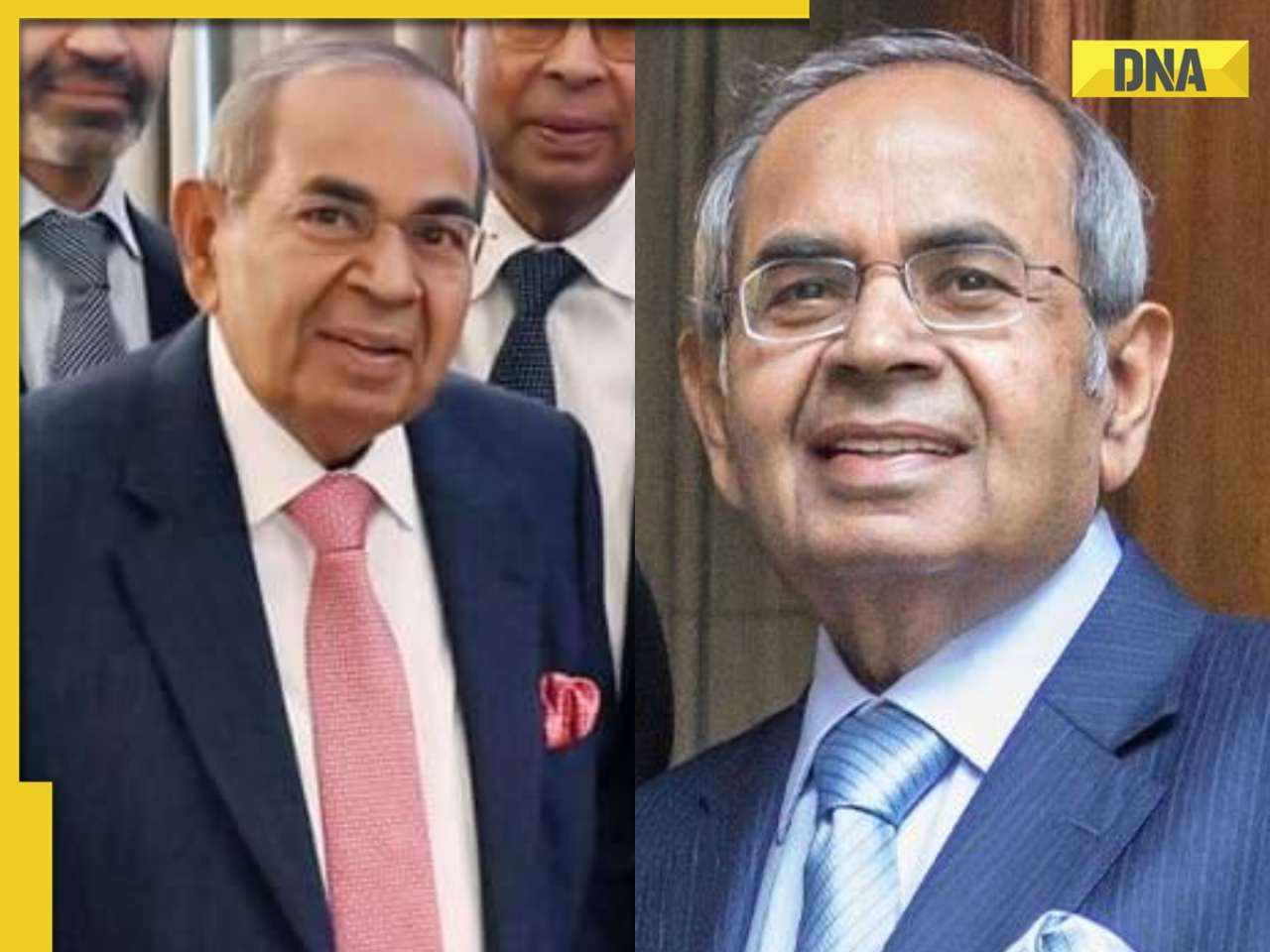

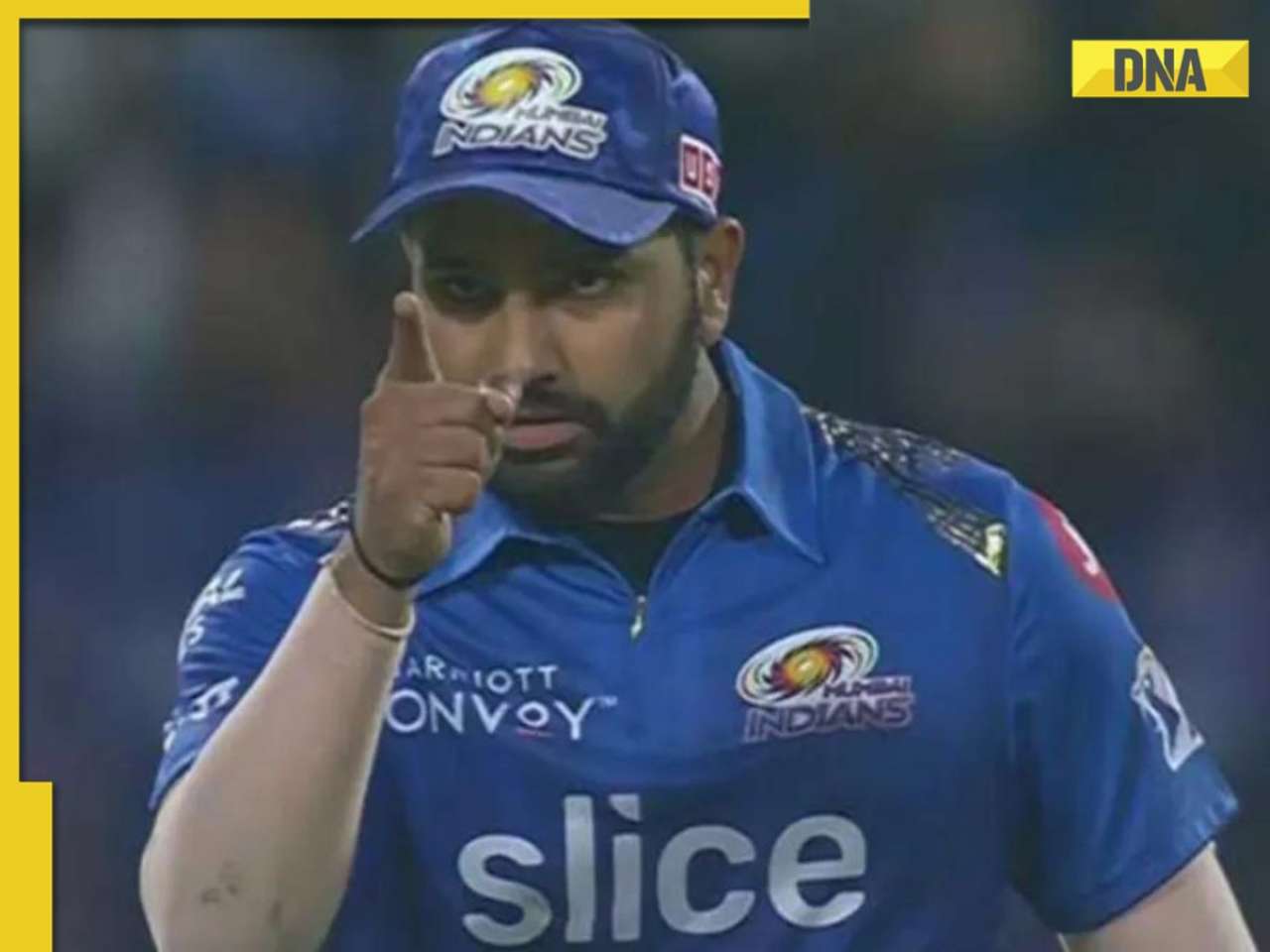
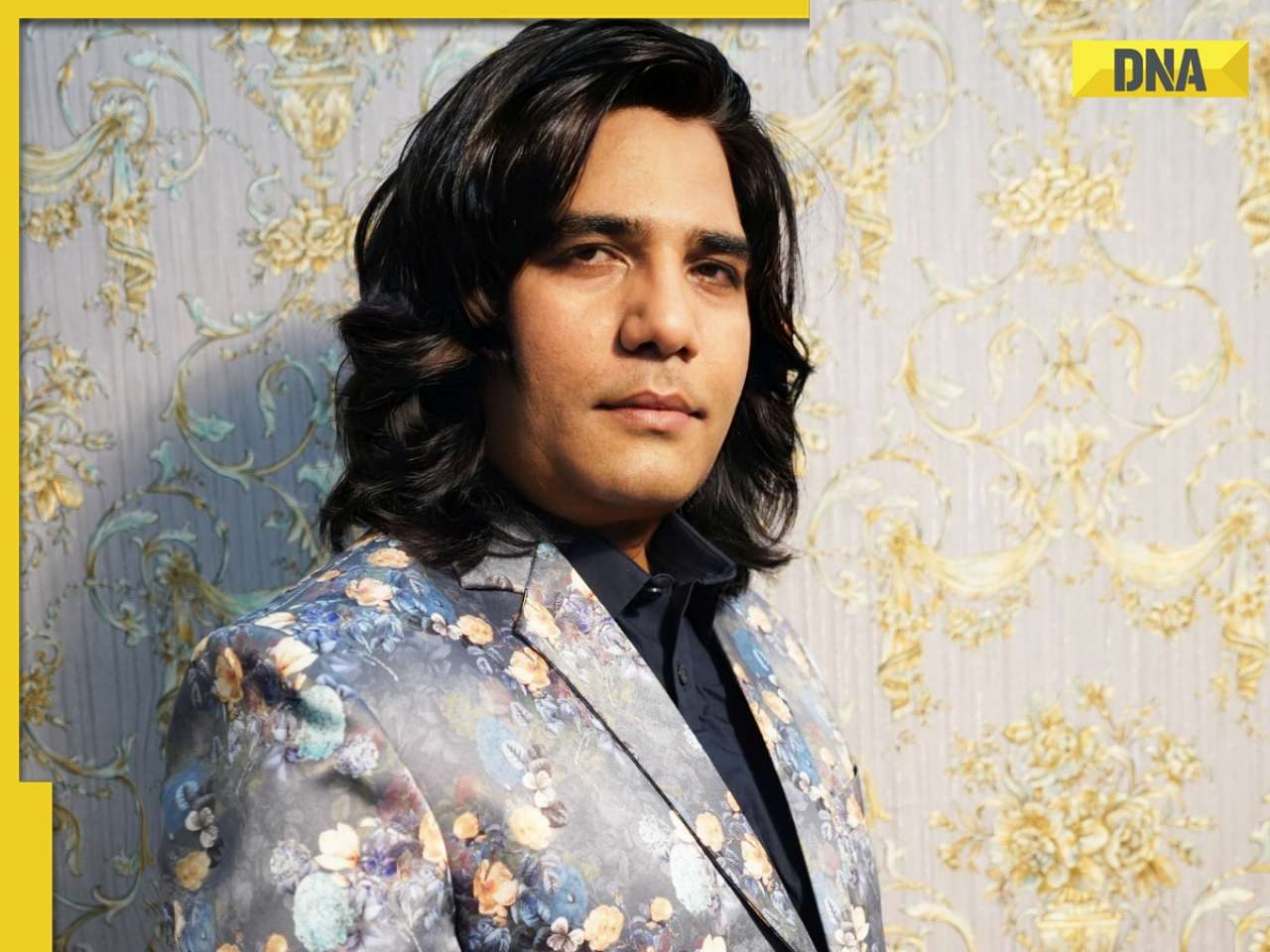
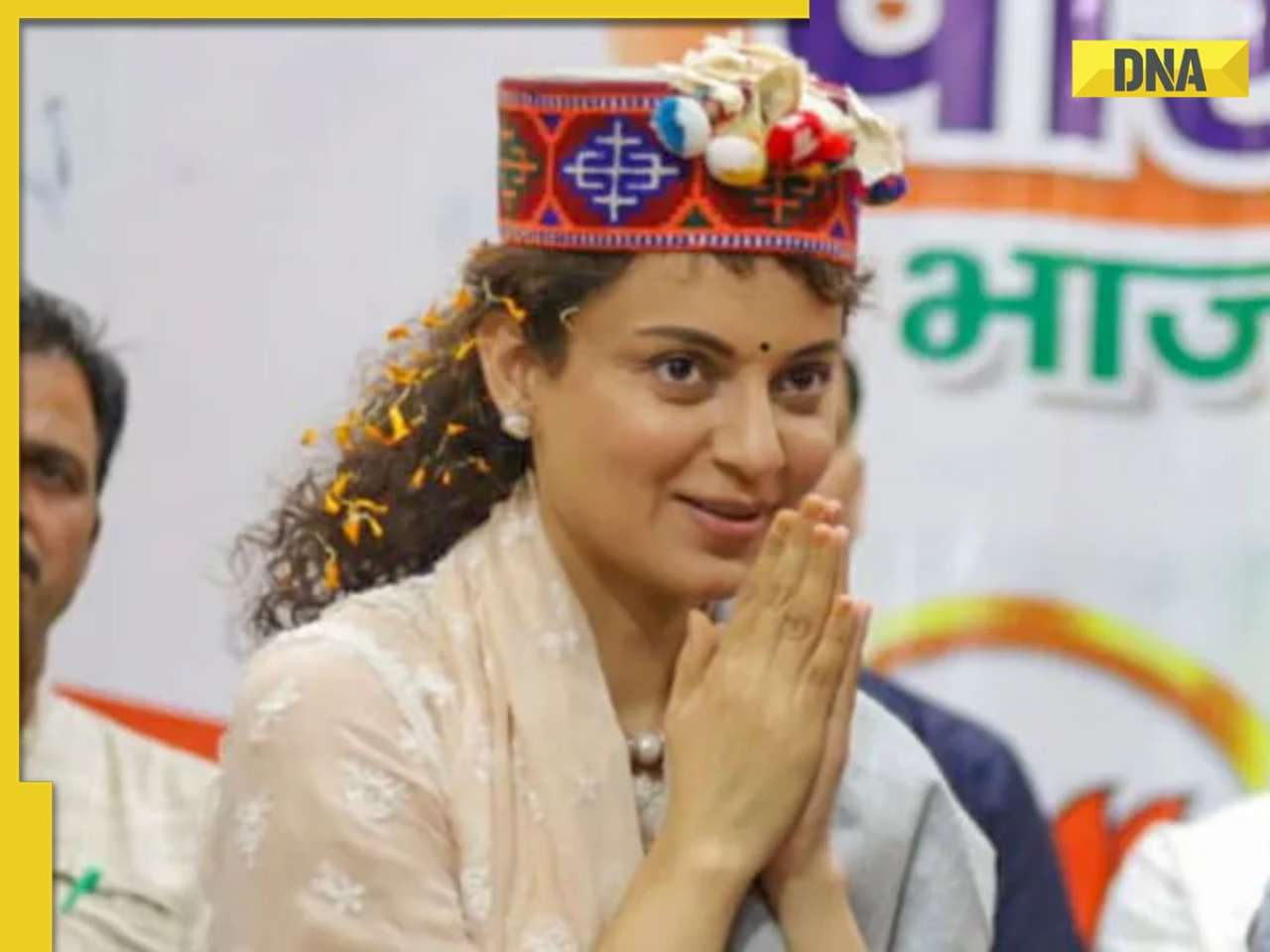






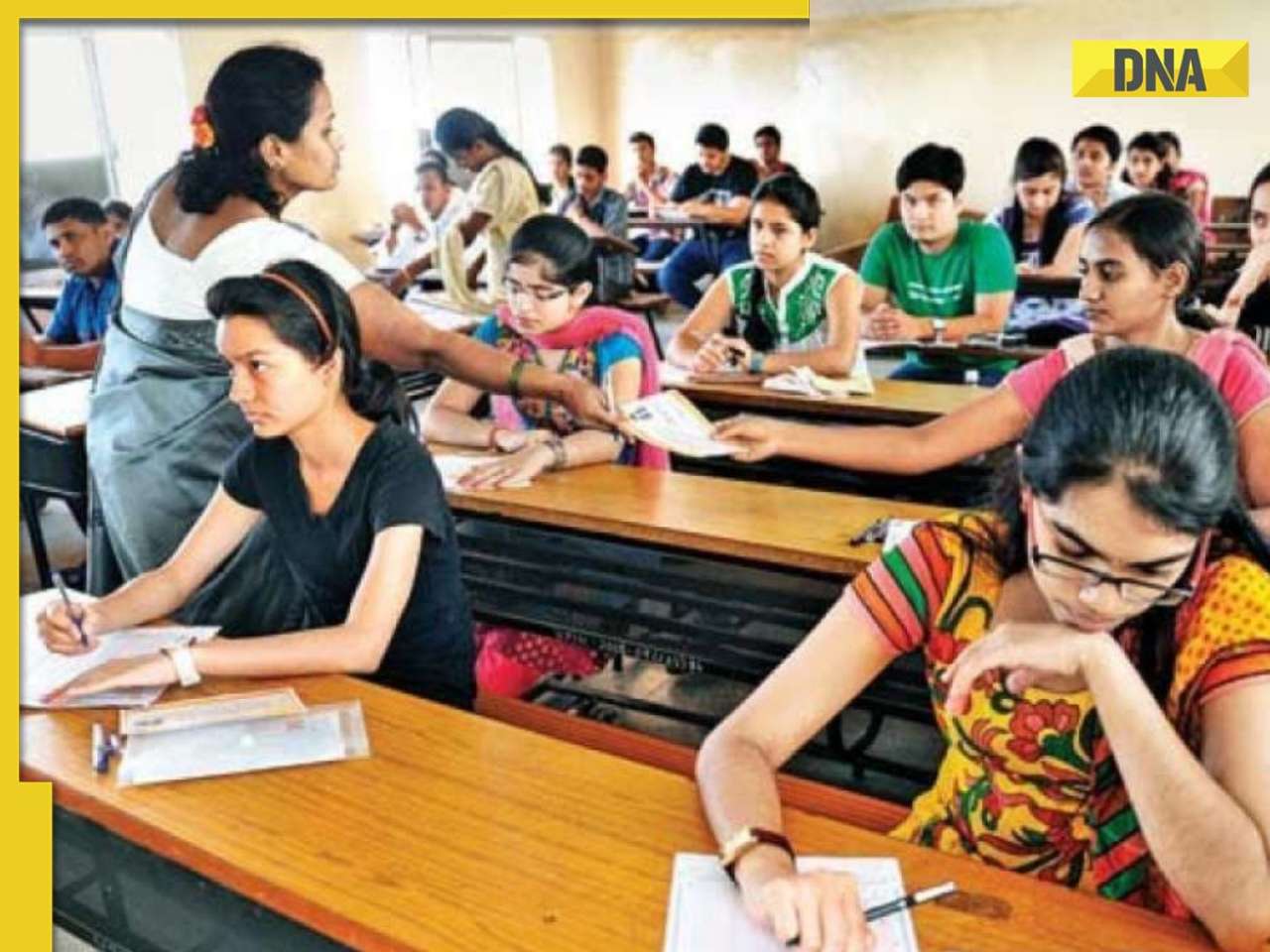
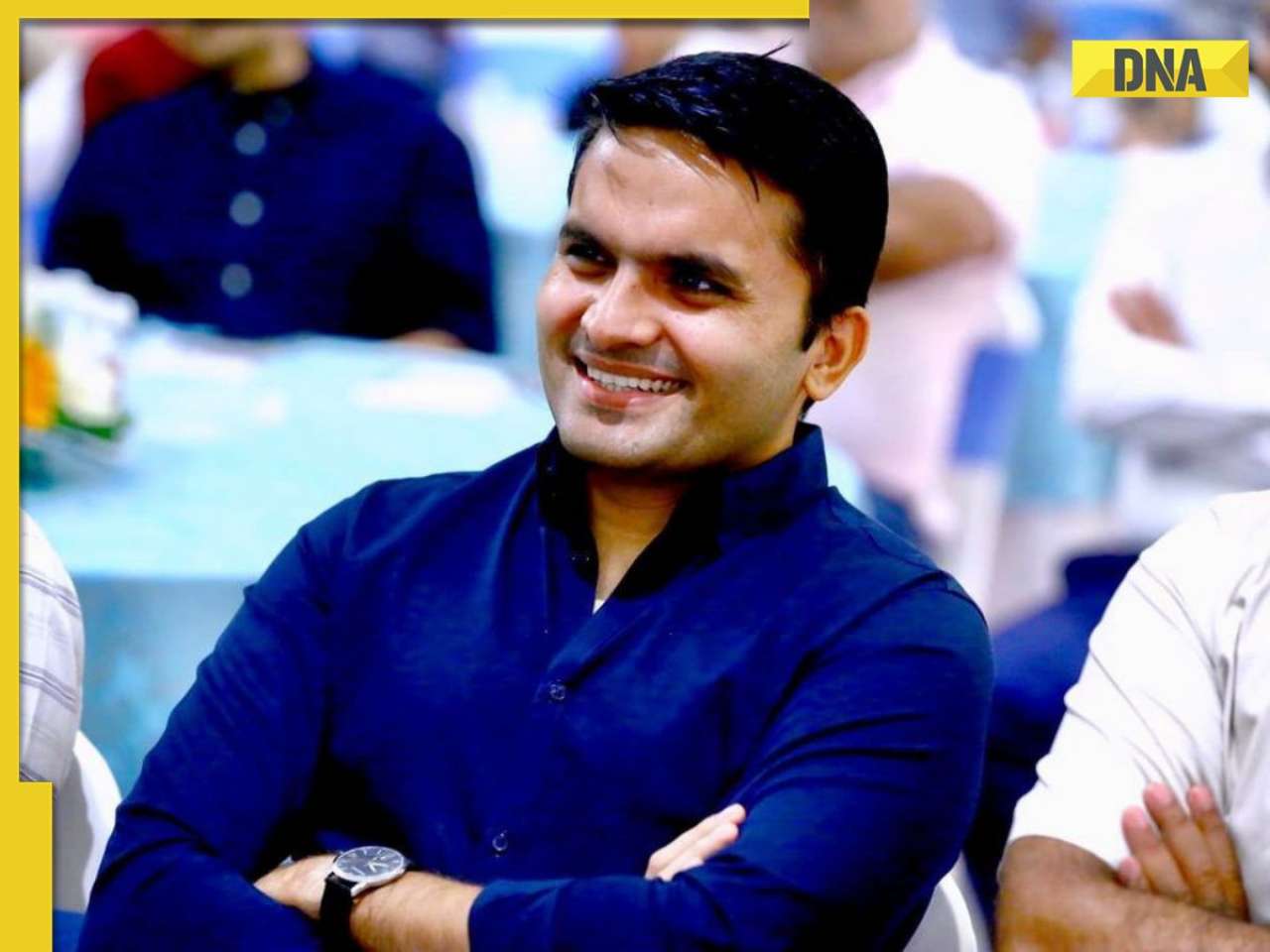

















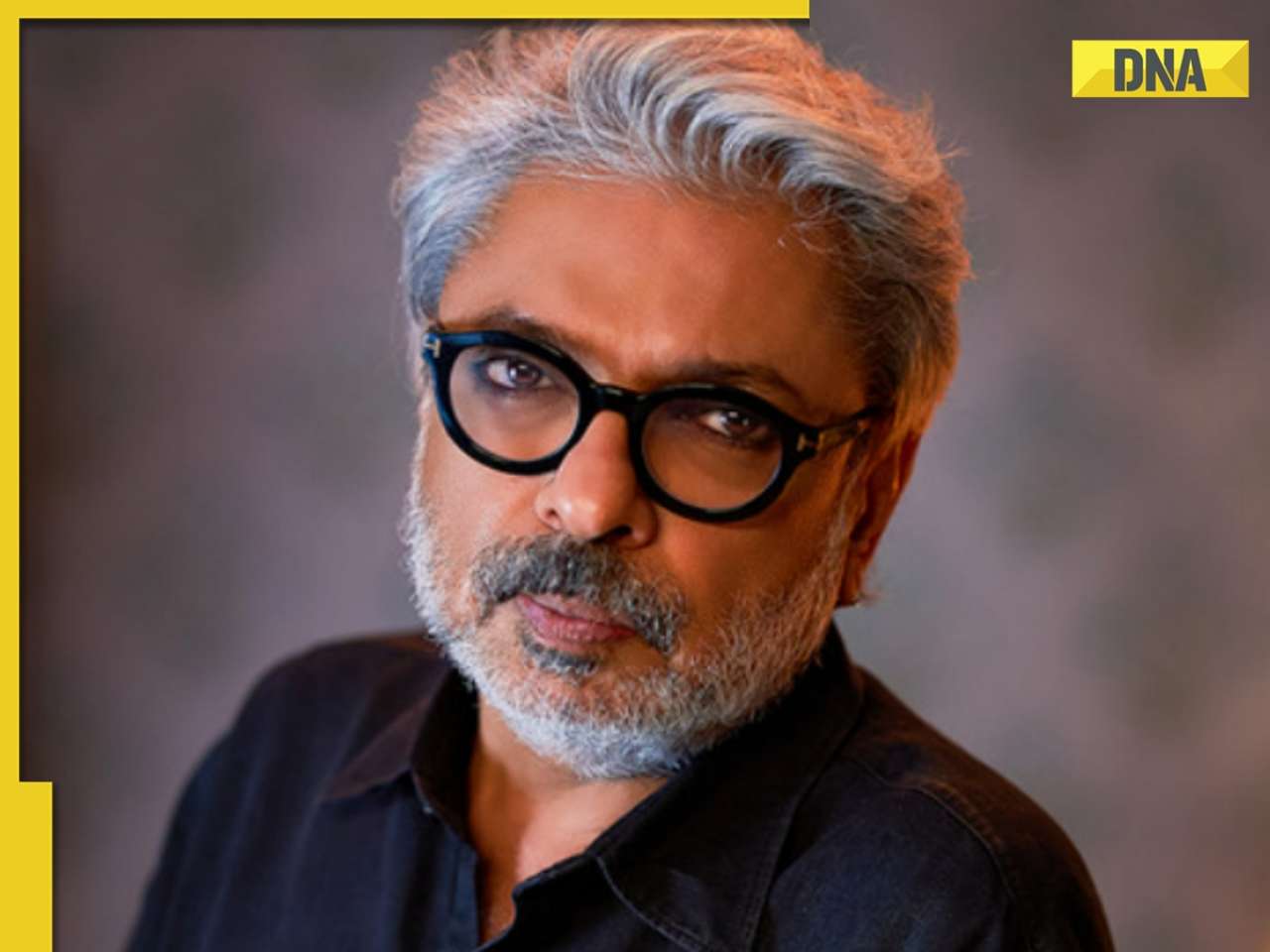
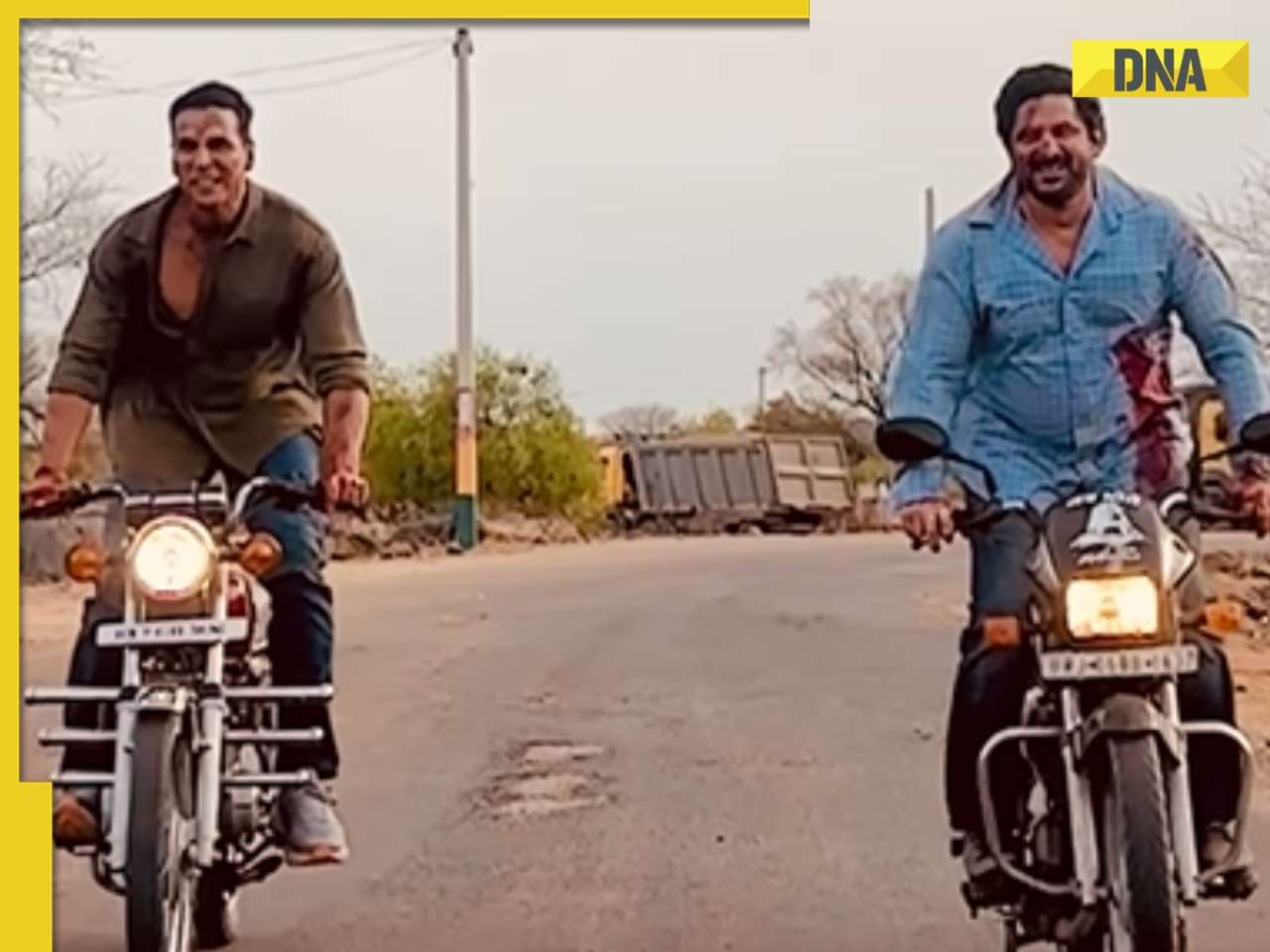

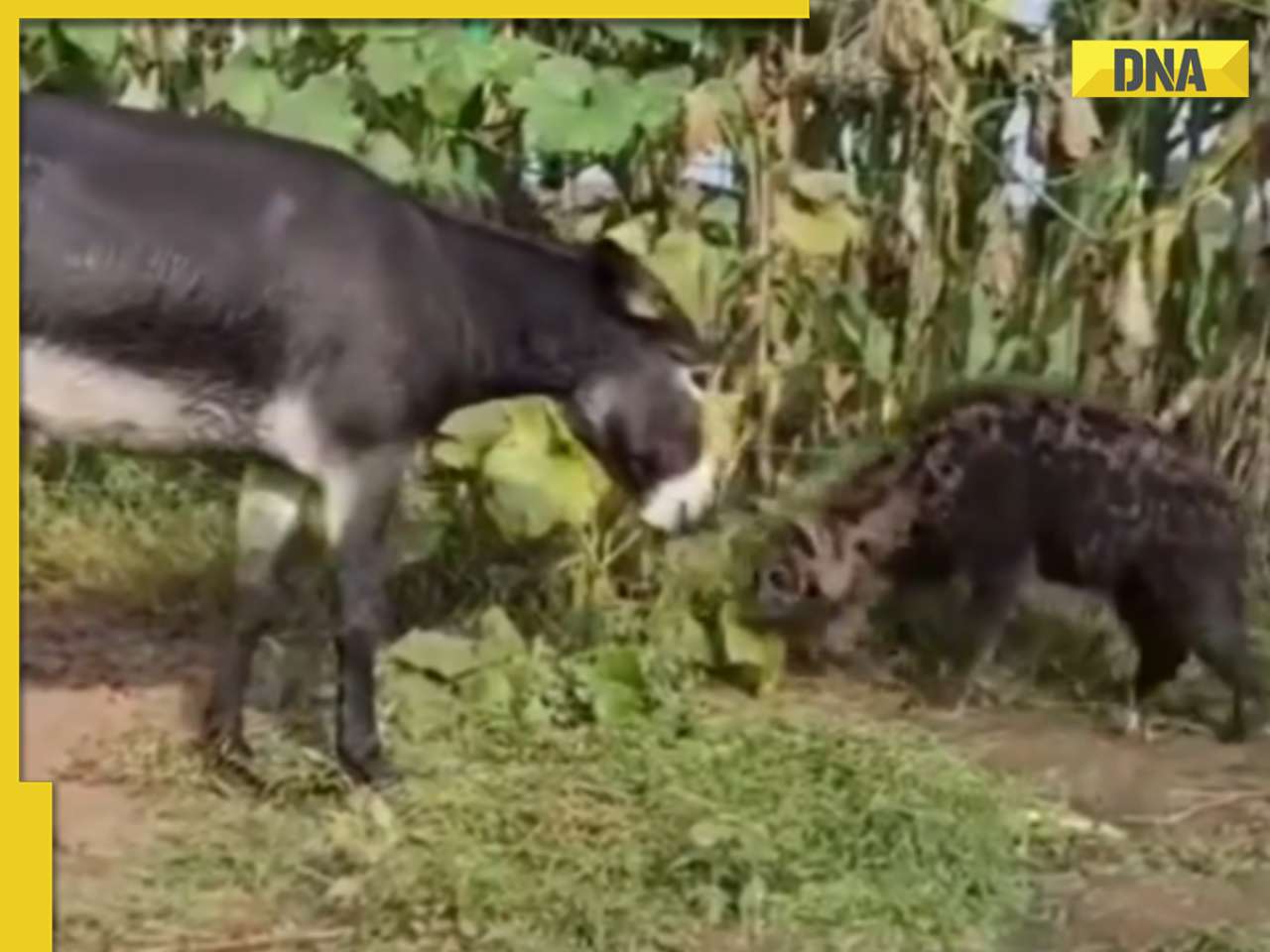


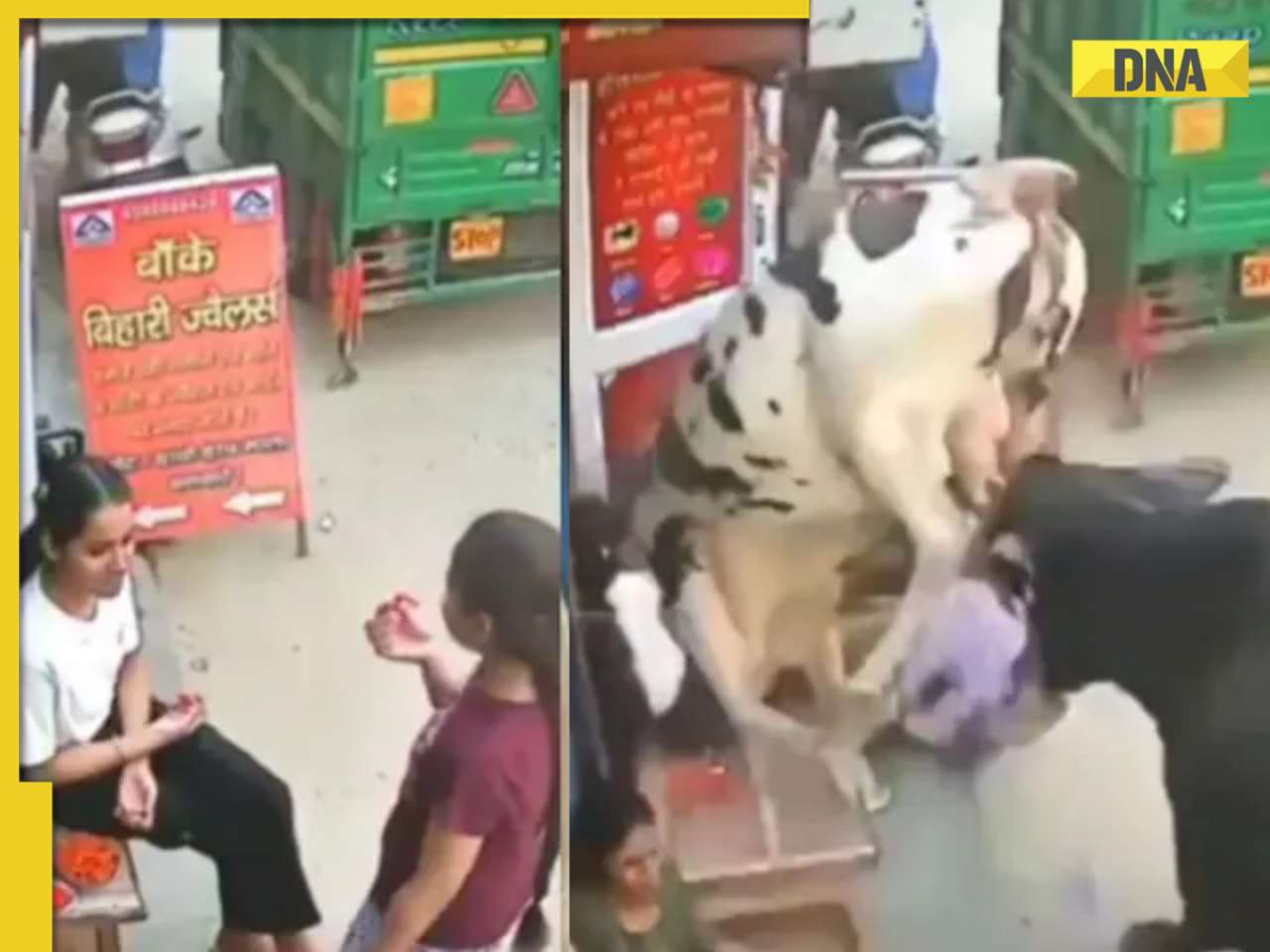
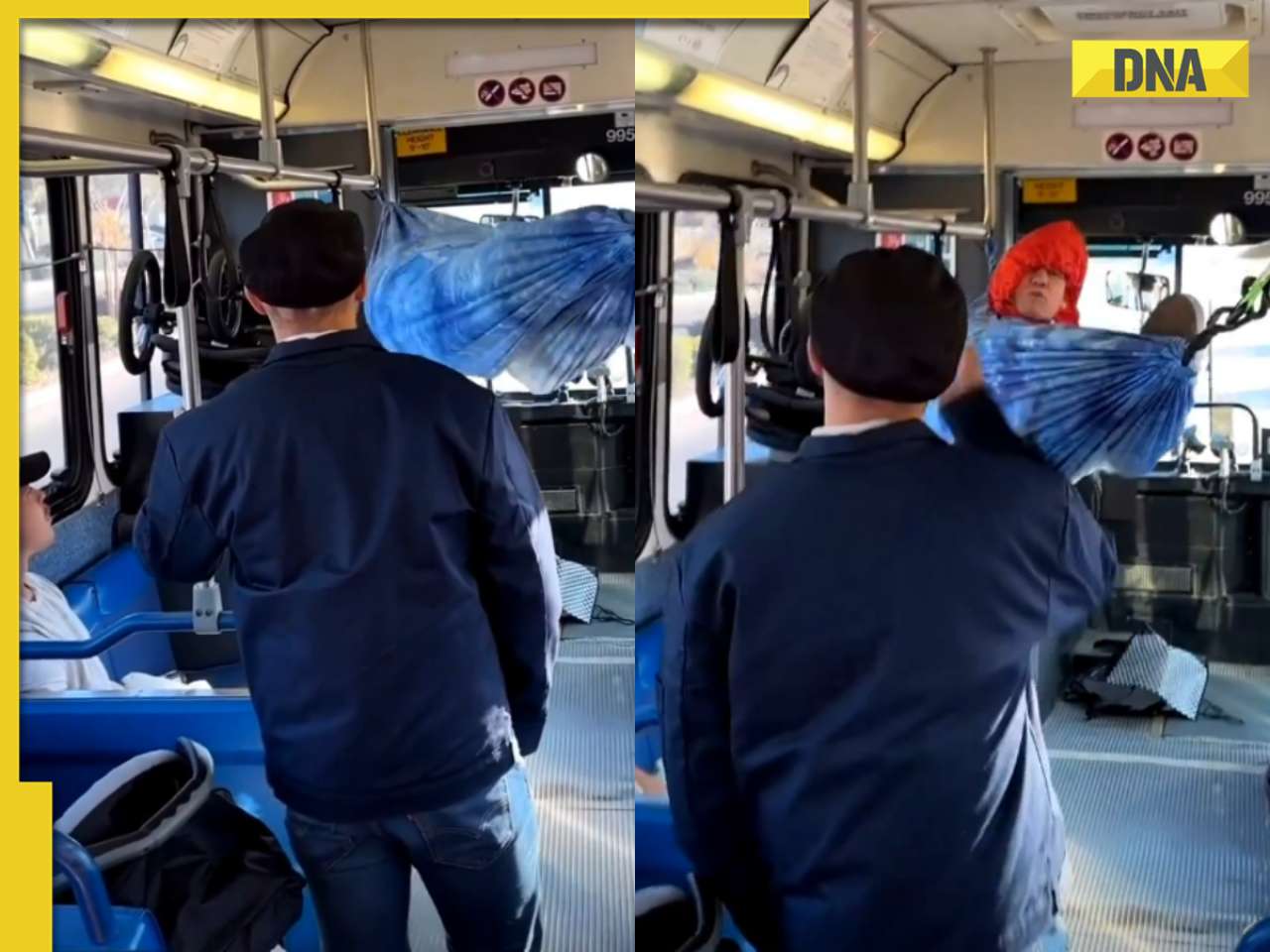

)
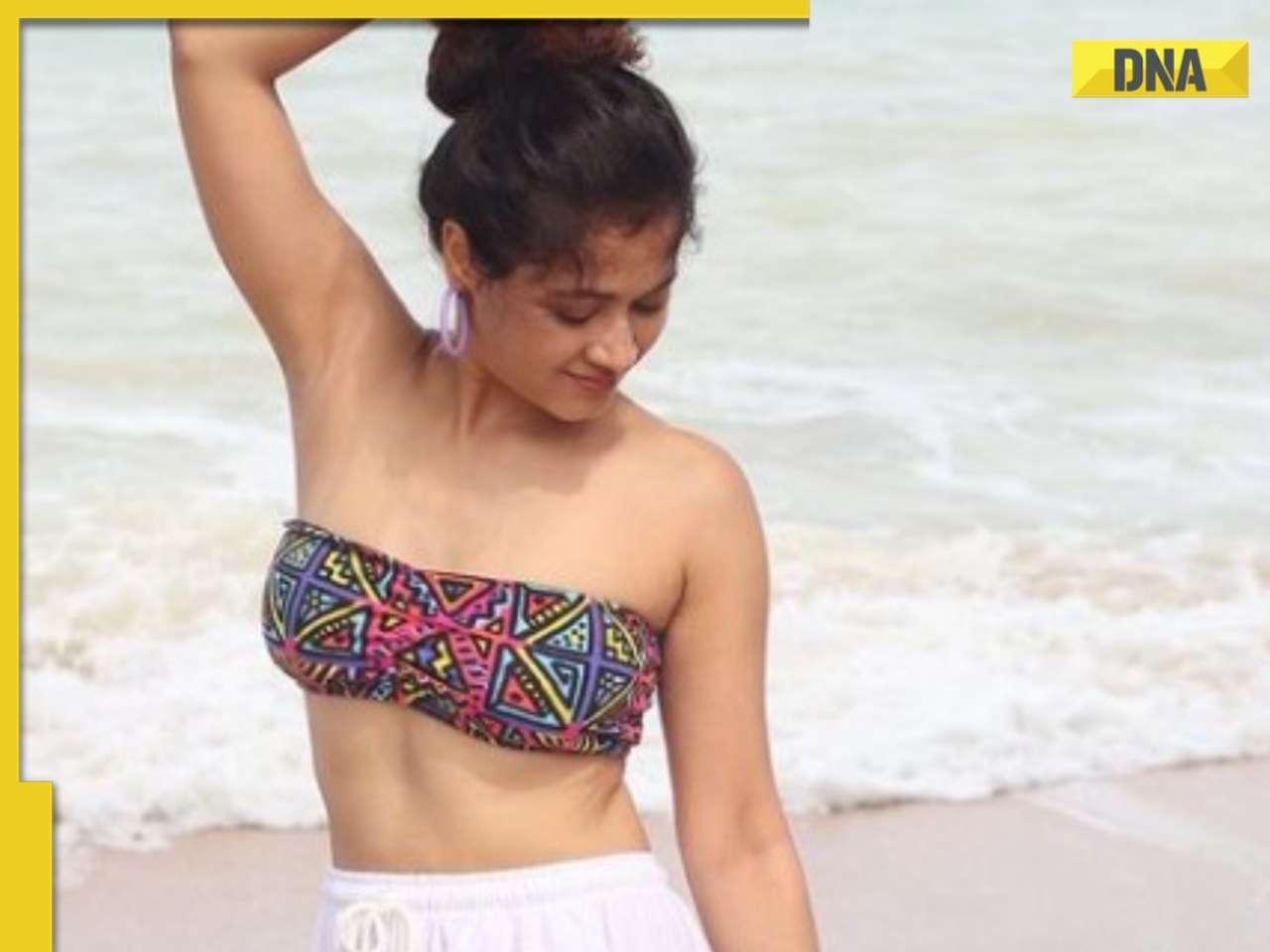
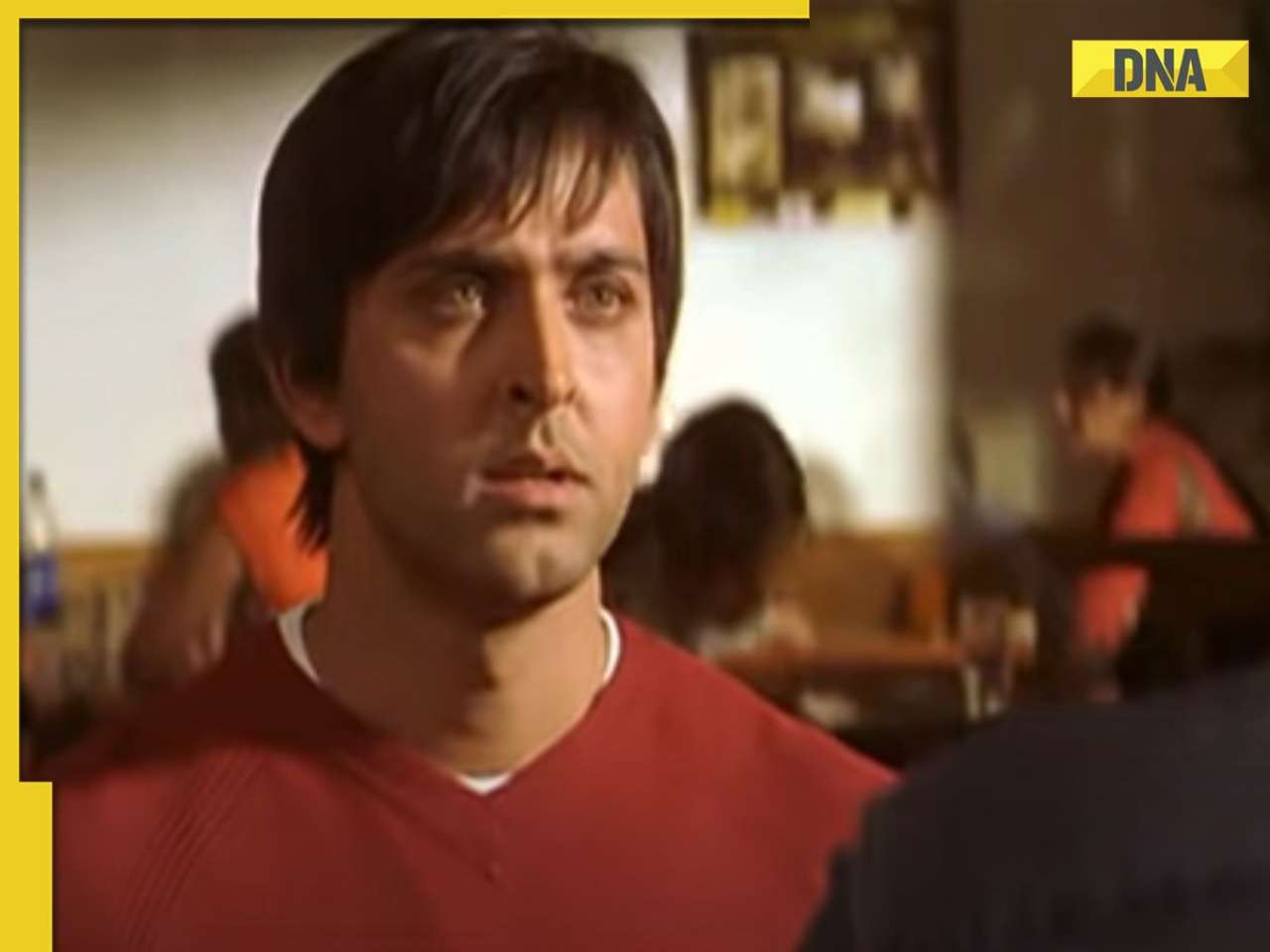
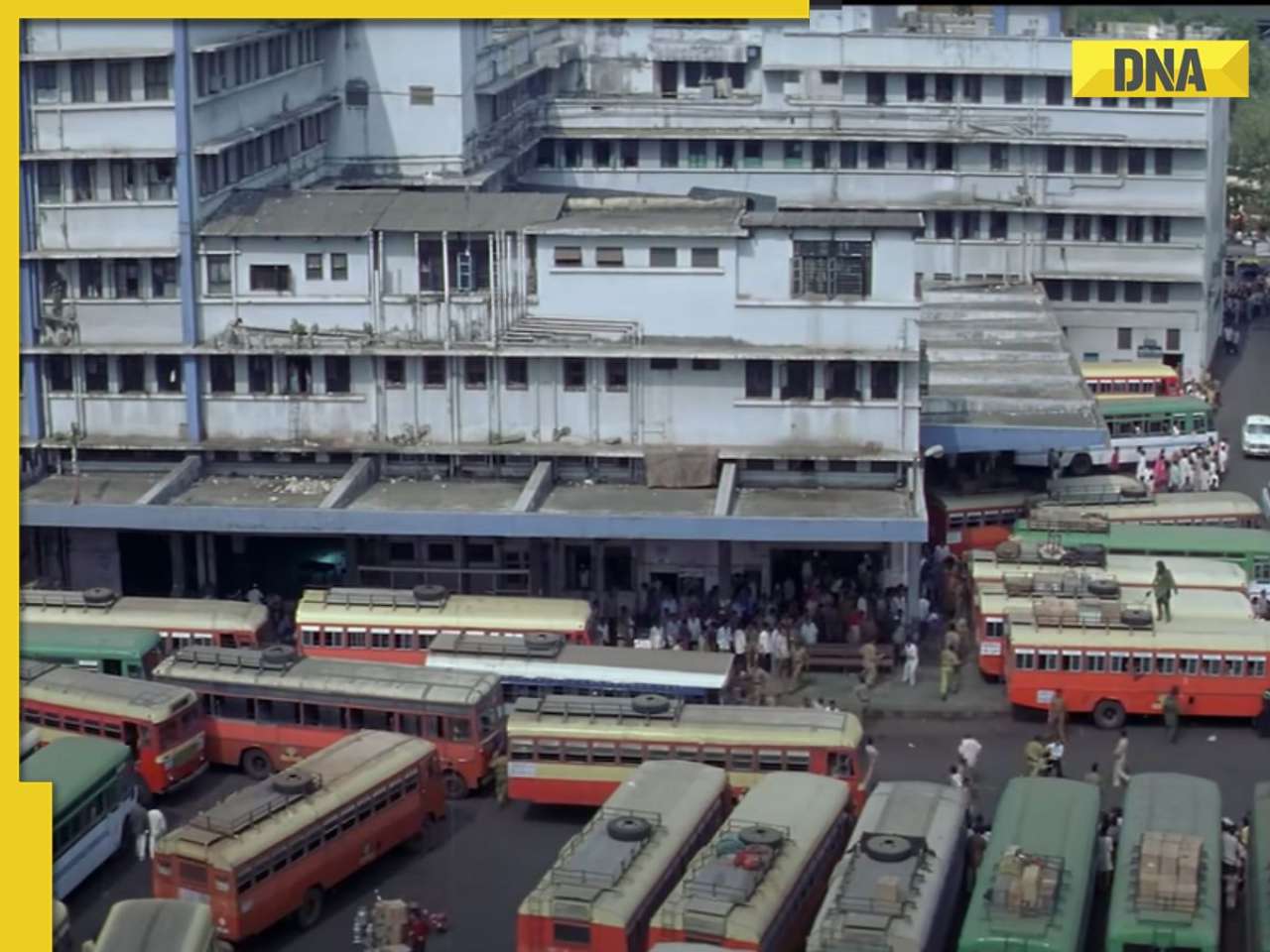



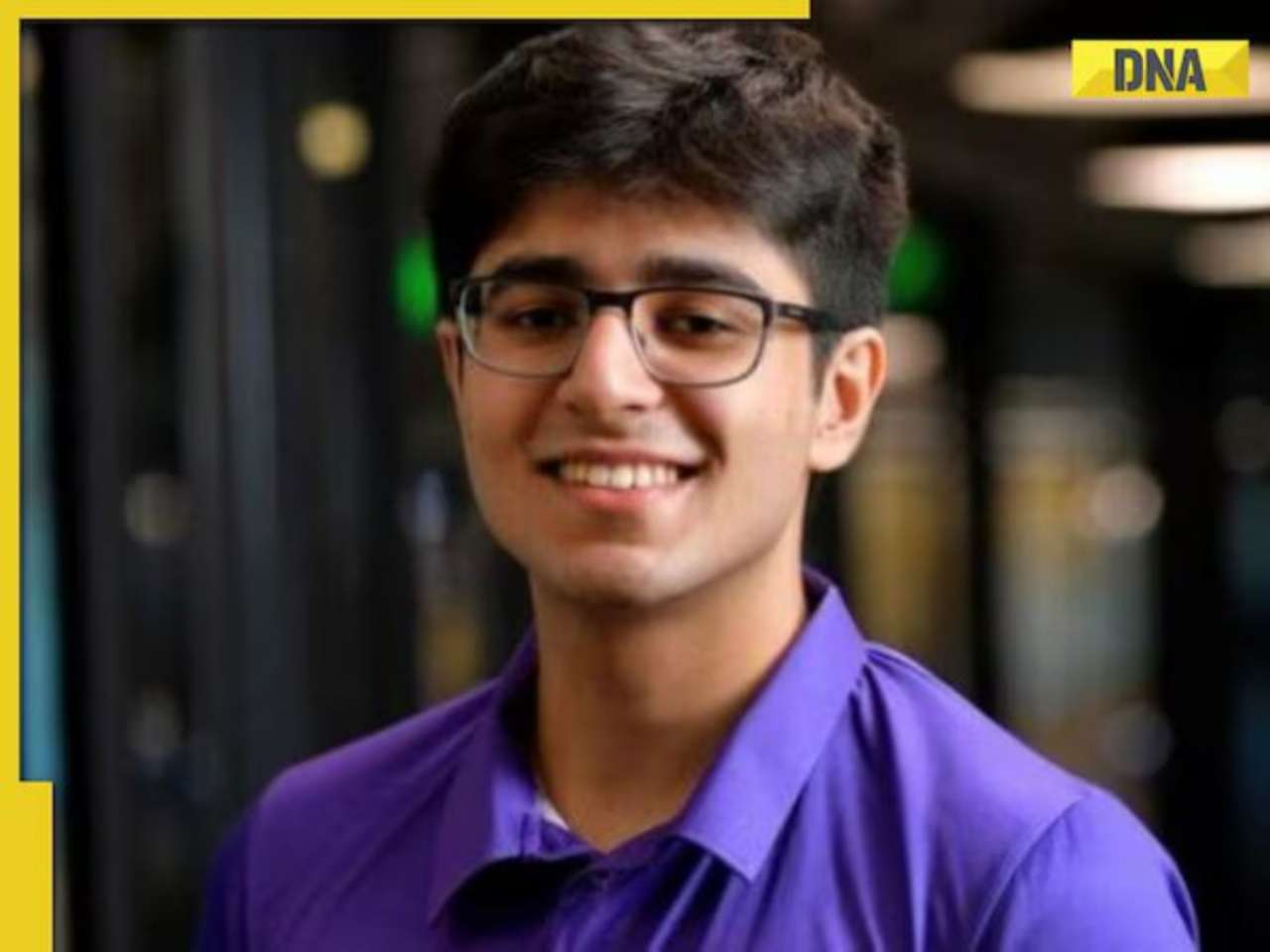










)
)
)
)
)
)